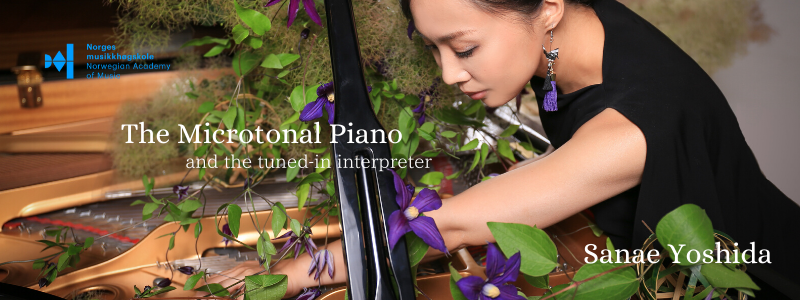Gerard Grisey together with Tristan Murail are often reckoned as the founders of spectral music, which originated in the early 70s, mainly at IRCAM in Paris. In “spectral music” compositional decisions are often informed by sonographic representations and mathematical analysis of sound spectra, for instance with the use of FFT analysis. The spectral approach focuses on manipulating the features identified through this analysis, interconnecting them, and transforming them. Computer-based sound analysis and representations of audio signals are usually treated as being directly corresponding to the timbral representation of the sound. One of the motivations behind the spectral school was to integrate electronic sound with acoustic instrumental sound in a new and “smooth” way. As for Grisey, he was also inspired by Giacinto Scelsis quasi-ethnic meditations and Ligeti’s and Xenakis’ sculptural approach, where the sound became clouds of sound or sounding architecture.
Grisey and his collegues sought to “dive” into the sound, and study it phenomenologically as an object itself. The spectralists created harmonies and orchestrations based on the harmonic and inharmonic partials contained in complex sounds, such as bell sounds, and bird song. A typical spectralist piece could for instance spend 15 minutes on exploring the very streched-in-time attack of a certain instrument, as if the sound was put under a microscope. This is also how the spectral school originated – this organic and almost plastic music, with its characteristic microtones (the fine gradations of pitch are usually rounded off to the neares quartertone or even eighth-tone) and rhythms which no longer are rhythm, but series of durations within an inaudible metric.
Few so-called spectralists are satisfied with the term “spectral music”, and Murail points out that the music is rather an aesthetic than a style with its set of techniques. The attitude that “music is ultimately sound evolving in time”, or as Grisey said: “We are musicians and our model is sound – not literature, sound -not mathematics, sound – not theatre, visual arts, quantum physics, geology, astrology or acupuncture”, is crucial.
Grisey spent much of his career exploring the spectrum of tone colour between harmonic overtones and noise. In addition, he was fascinated by musical processes which unfold slowly, and he made musical time a major element of many of his pieces.These processes are however very different from those of minimalist music in that all musical parameters may be affected.

